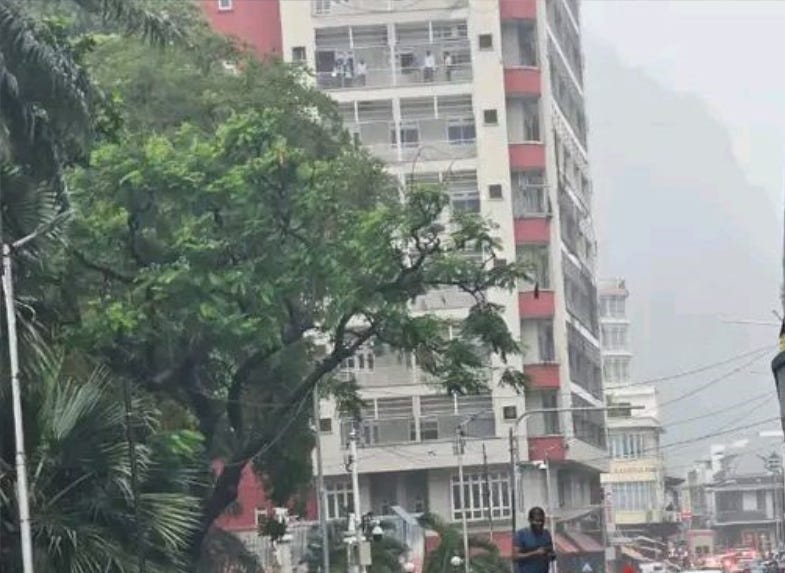Torrential Rains Flood Mauritius as Cyclone Belal Nears
Despite the threatening warnings of the cyclone, the region’s meteorological services said that Balal had not the destructive character initially feared.

PORT LOUIS, Mauritius - Roads in Mauritius’ capital, Port Louis were hit by flooding as Cyclone Belal drew closer to the island on Monday, writes Naome Chisala.
Authorities urged the public to shelter in safe places and said that a Class 3 Cyclone, the second highest out of four levels was in place.
This comes after the cyclone battered the French overseas territory of Reunion.
Authorities initially raised the storm alert on the island to the highest level putting all residents including police and rescuers on lockdown.
The level was later dropped to Red, allowing security and rescue forces to help those affected but without lifting the lockdown for the general population.
“Our priority is getting people to safety,” said Prime Minister Pravind Kumar Jugnauth.
The cyclone has left a trail of devastation across the country. One person was killed in Les Pailles and another in Baie du Tombeau lagoon.
At least 1,000 people have been evacuated. In Port Louis, at least 100 vehicles were damaged and abandoned due to flooding from the torrential rains.
Damage has also been reported to coastal infrastructure resulting from storm surges.
Around 8,400 people are presently without power. Schools, government offices, banks and businesses sent their staff home while the international airport has been closed until further notice.
Residents are still being advised to remain home if possible.
Flood levels decreased on Tuesday and authorities were able to clear debris from the streets. Scenes from the waterfront in Port Louis showed widespread destruction and authorities said that they were carrying out a full assessment of the main roads and critical infrastructure.
Despite the threatening warnings of the cyclone, the region’s meteorological services said that Balal had not the destructive character initially feared.
Storms and cyclones are common in the southwest Indian Ocean region. Around a dozen occur annually during the November to April season.
Scientists say human-caused climate change has made them more intense.



